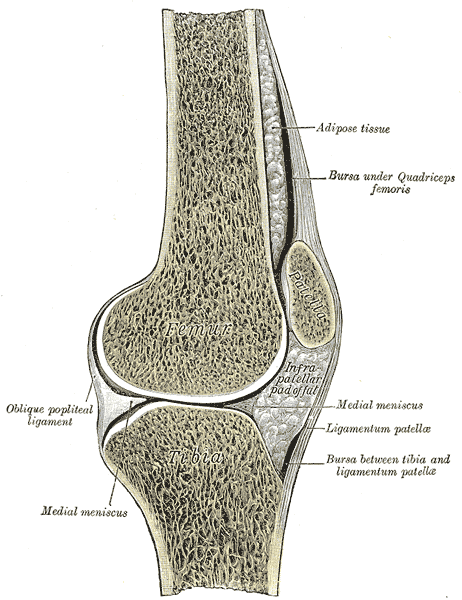Menu
Weight loss
Hormones
Sex
EXPLORE
MEET NU IMAGE MEDICAL
TREATMENTS
MEET NU IMAGE MEDICAL
TREATMENTS
MEET NU IMAGE MEDICAL
Weak thighs linked to greater risk of knee problems in women, but not men


Weakness in the lower thigh muscles is a strong risk factor for knee osteoarthritis in women, but not in men. Researchers theorize this is possibly because of the greater influence that high body mass index has on thigh muscle strength in women, according to new case-control study findings.
The findings, published online February eighth in Arthritis Care & Research come from a study enrolling 161 patients with radio graphic knee osteoarthritis and 186 controls without arthritis at baseline who were observed over a 4-year period in the ongoing multi center Osteoarthritis Initiative cohort study. About 60% of patients and controls were women.
The researchers, led by Adam Culvenor, PhD, of Paracelsus Medical University in Salzburg, Austria, used axial MRI scans of anatomical cross-section areas of the knee flexors (hamstrings) and extensors (quadriceps) to calculate muscle-specific strength, a measure of muscle quality.
When women had less strength in the muscles known as the knee extensors, or the quadriceps, (which help strengthen the leg for standing, climbing, and kicking) they were found to be forty seven percent more likely to develop knee arthritis than women who had stronger knee extensors, the study found.
Also found was that weakness in the knee flexor muscles on the back of the legs, also known as the hamstring, was associated with forty one percent greater odds of knee osteoarthritis in women.
Thigh muscle strength didn't appear to influence the risk of knee osteoarthritis for men, however.
"While our recent study has highlighted the important role of strong thigh muscles in reducing the risk of knee osteoarthritis development, particularly in women, it is not possible to guarantee that having strong thigh muscles will protect women from developing knee osteoarthritis because there are many other factors that play into the disease," said lead study author Dr. Adam Culvenor, a researcher at Paracelsus Medical University in Salzburg, Austria.
"Nevertheless, our results suggest that optimizing quadriceps and hamstring strength may help to lower the risk of developing knee osteoarthritis," Culvenor added by email.
Because obesity is independently associated with an elevated risk of knee problems, researchers also took note to examine data on participants weight relative to their height, also known as the body mass index.
The participants of the study were around sixty one years old on average. And even after adjusting for BMI, women with weaker knee extensor muscles were thirty three percent more likely to have knee osteoarthritis, and women with weaker flexor muscles were 28 percent more likely to develop knee arthritis.
While the role of thigh muscle weakness as a risk factor for knee osteoarthritis is not fully understood, the quadriceps can help prevent the development and progression of this knee condition by acting as shock absorbents and stabilizers for the knee, Culvenor said.
Without strong quadriceps muscles, more stress is placed on the cartilage within the knee, and this has been suggested to induce a degenerative process, wearing down of the cartilage and ultimately osteoarthritis, Culvenor added.
This article is for informational purposes only and does not constitute medical advice. The information contained herein is not a substitute for and should never be relied upon for professional medical advice. Always talk to your physician about the risks and benefits of any treatment. Nu Image Medical may not offer the medications or services mentioned in this article.
